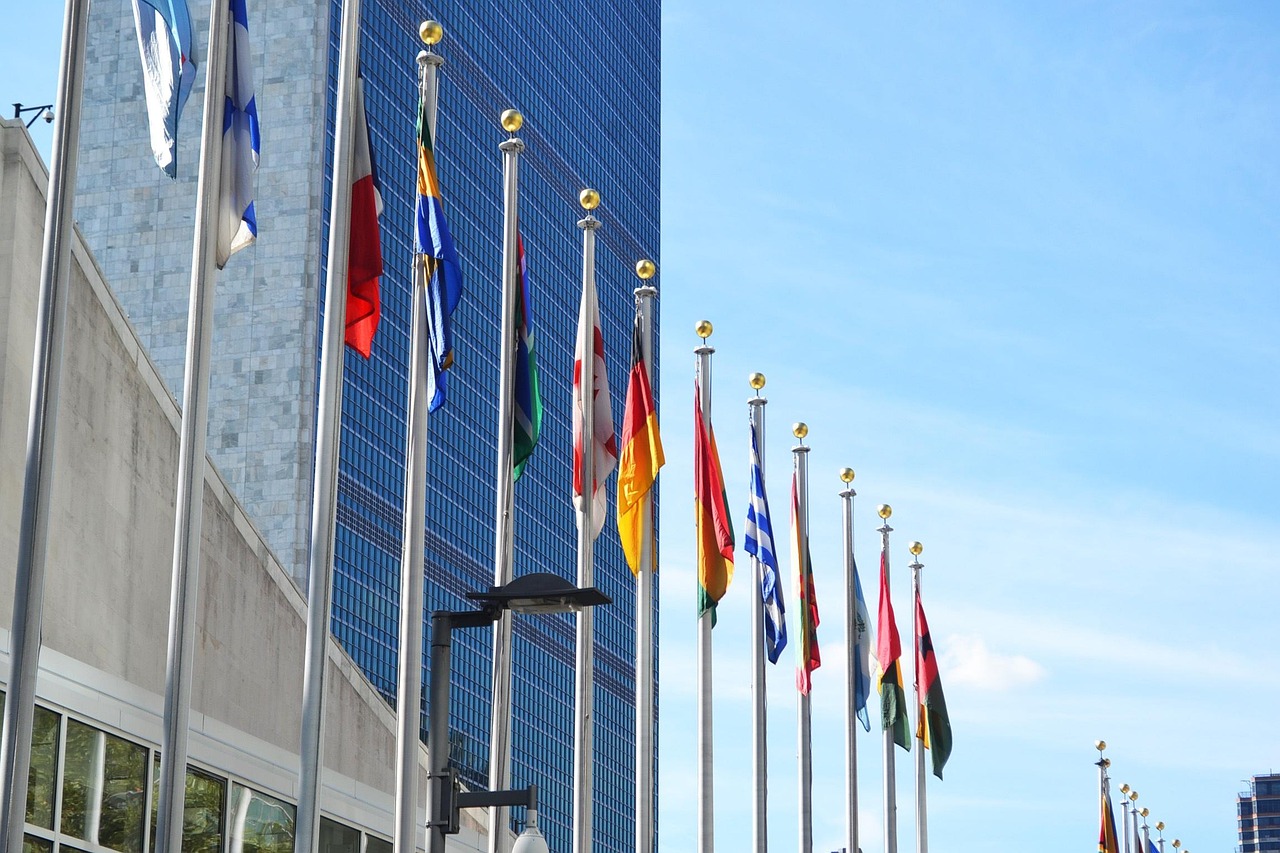Image by Anfaenger from Pixabay
The Dawn of a New Era in Ocean Conservation
In a significant step toward safeguarding our oceans, the High Seas Treaty is gaining global momentum. This landmark agreement, which was adopted in 2023 after years of negotiation, seeks to protect marine biodiversity in areas that lie beyond the jurisdiction of any one country.
As of April 2025, 113 nations have signed the treaty, but only 21 have ratified it. To come into effect, 60 ratifications are required, and time is running out. With the UN Oceans Conference approaching in June, countries are under pressure to complete the ratification process and ensure that this vital agreement becomes legally binding.
Why the High Seas Matter
Covering almost half of the Earth’s surface, the high seas are a critical part of our planet’s ecosystem. Yet, for decades, these areas have lacked meaningful environmental protections. The High Seas Treaty aims to address this gap by creating a framework for conservation and sustainable use of marine resources.
Building Momentum for Change
Efforts to push the treaty forward have been gaining traction, especially in recent months. At the United Nations, diplomats have been working tirelessly to finalize the treaty’s implementation framework. Nichola Clark from the Pew Charitable Trusts noted that negotiators are close to setting up the institutional structures needed for the treaty’s success.
Rebecca Hubbard, director of the High Seas Alliance, expressed optimism, describing the process as filled with hope and determination. “There is a lot of love in the room,” she said, emphasizing how much this treaty means for the future of our oceans.
Obstacles Still Loom
However, the journey ahead is not without hurdles. The United States, which signed the treaty under President Biden’s administration, has yet to ratify it. Moreover, President Trump’s executive orders have sparked concerns, particularly with regard to deep-sea mining in international waters. Environmentalists have condemned these moves, fearing they undermine the global effort to preserve ocean ecosystems.
What’s Next for Ocean Protection?
The upcoming UN Oceans Conference is a pivotal moment. Countries will have the chance to intensify their efforts and potentially reach the critical 60-ratification threshold. A special ceremony on June 9 is expected to mark a major step forward in this global effort. If successful, the treaty will be a key tool in achieving the United Nations’ ambitious goal of protecting 30% of the world’s oceans by 2030.
What Do You Think?
How can the world overcome the obstacles to ratifying the High Seas Treaty? Do you believe global cooperation is enough to protect our oceans? Share your thoughts with us, and stay tuned for more updates on this groundbreaking effort! dailyscitech










